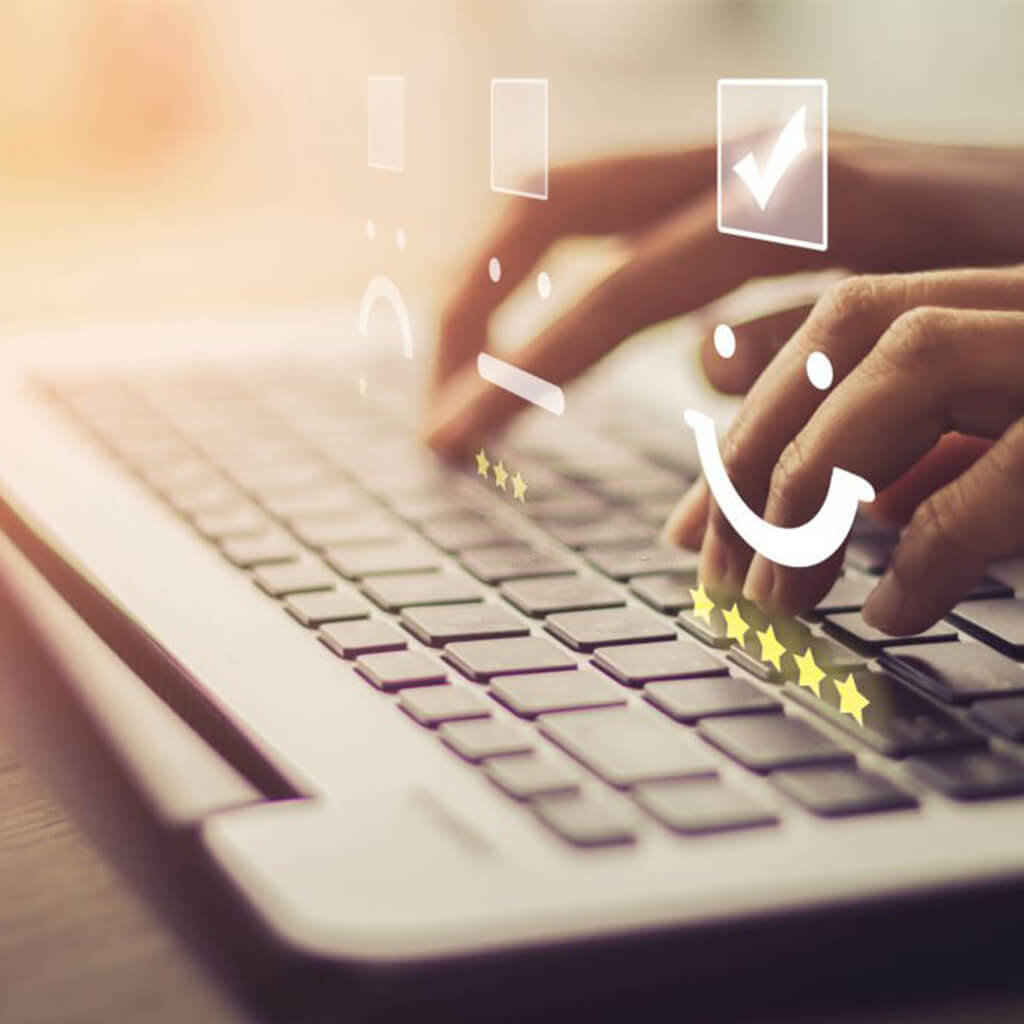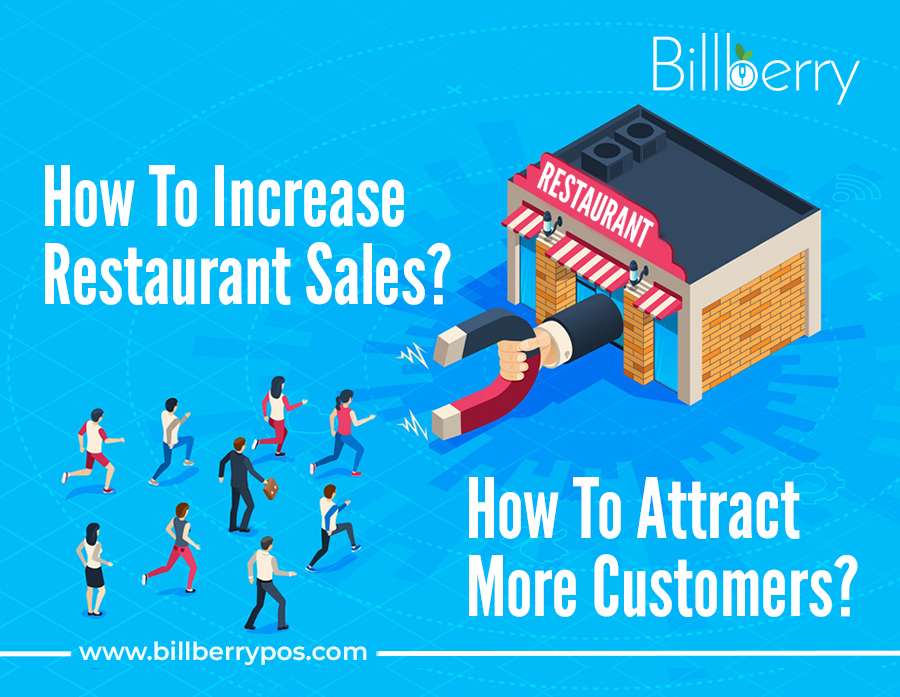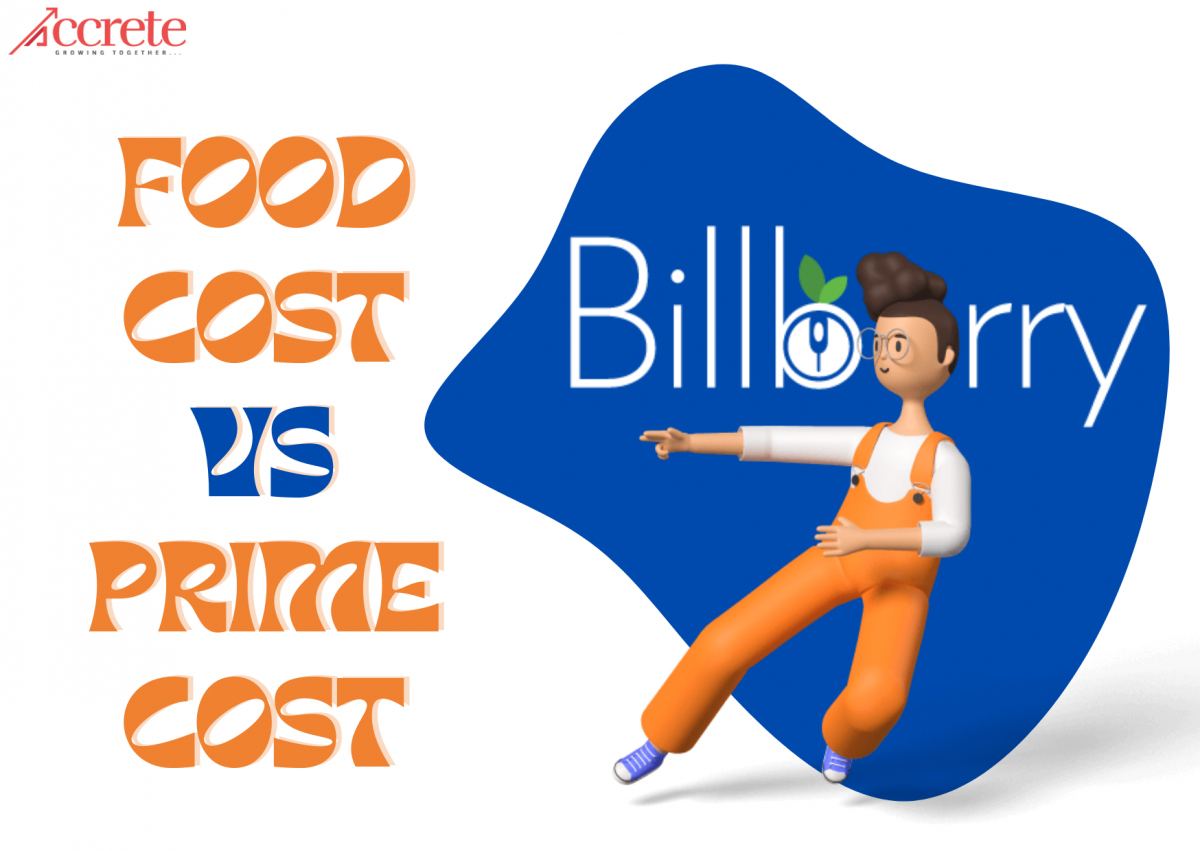Every restaurant owner wants to increase their sales and attract more customers. But how?
There are several ways that you can try to grow your food business and increase your restaurant sales.
For instance, you could offer a buy one get one free deal on certain days of the week or on specific food items.
You could also offer discounts for early birds, people who spend over a certain amount, or seniors.
Restaurant Management System – Free Demo
Another way to attract customers is by advertising your restaurant’s location in the area with flyers or posters.
You could also make it easier for people to find your restaurant by adding it to maps like Google Maps, Apple Maps, and Yelp.
You can also look for tips on renovating restaurant on budget to attract more customers.
Below we have discussed six strategies that you can use to grow your restaurant business.
Optimize Your Restaurant Menu
If you want to increase sales in your restaurant, then you need to optimize your menu. Here are some tips on how to do so:
– Include a variety of price points and options for customers.
– Make sure that the menu is easy for customers to read and navigate.
– Create a menu that is relevant to the season or time of year.
Increasing Your Social Media Presence
Increasing your restaurant’s social media presence is a great way to increase sales.
This will allow you to engage with your customers more and give them a better experience.
Social media marketing can be done in many different ways, but the most common ones are using Facebook and Instagram.
These two platforms have the largest audiences, so it is best to start with them.
You can use these platforms to share photos of your food, post specials, and promote discounts.
Increase Customer Service Speed
Restaurants that have a high turnover rate are more likely to make more money.
This is because they can serve more customers in the same amount of time.
Fast restaurant billing with the help of a restaurant billing software can also be the optimum solution to serve customers with the speed of light.
Every food business owner must look for ways a restaurant billing software can improve customer experience.
Here are some ways to serving more customers:
– Offer something new and exciting on the menu, like a specialty drink or dish. And, make sure the new item on the menu is always ready to serve.
– Let some of your staff keep an eye on the customer tables. It will help them realize what they need, which will eventually help with serving them quickly. Also, create an atmosphere that is lively, fun and inviting.
Partner With Popular Delivery Services
Online orders are great for restaurants.
They provide a new way for customers to order food, and it is easier for restaurants to manage the orders.
You an use a POS software to integrate with online delivery partners can be a great aid to your food business.
However, if a restaurant does not have a delivery service partnership, they are missing out on a lot of potential revenue.
A simple solution is to partner with one of the popular delivery services that has a strong network of restaurants in their area.
This will allow the restaurant to easily manage online orders and generate more revenue.
Try New Marketing Strategies
Marketing campaigns are the key to success for any restaurant.
You can also leverage online platforms to increase customer footfall at restaurant.
A restaurant marketing campaign has to be well thought-out and planned in order to generate the desired results.
There are many different marketing strategies that can be used, but not all of them will work for every restaurant.
One of the latest trend you can try is QR based food ordering.
Experts suggest that QR Based food ordering is the future for restaurant business and you must try your hands on it if you haven’t.
Restaurant Management System – Free Demo
A strategy that is often used by restaurants is customer engagement.
This strategy involves developing a connection with customers and making them feel important.
It also includes making it easy for customers to buy from you.
Also make sure you don’t let your customers wait in line for long because of any kind of internet malfunctions.
You must be having a Hybrid POS system that can manage data both offline and online.
You must be wondering what is a Hybrid POS system? It is like a normal POS software but what sets it apart is its ability to continue operations even when the internet is down.
All the data is synced automatically when the system is reconnected to the internet.
Adopt For Loyalty Program
Loyalty programs are the best way to increase restaurant sales.
They are a great way to reward customers for their loyalty and engagement.
Loyalty programs can be used in a variety of ways.
They can be used as marketing tools, to create customer engagement, or as a way to generate revenue through volume.
Final Words
Surviving in the restaurant business can be difficult at times.
But if you follow the best practices, your restaurant business will surely soar to new heights.
Keep in mind that you have a reliable restaurant management system and you are aware of the essential features of a restaurant management system, because it aids in the growth and scaling of your restaurant business.
A restaurant management system is a software that helps with the day-to-day operations of a restaurant.
It can help with everything from inventory management to customer relationship management.
The use of a restaurant management system has been shown to increase sales by as much as 25%.
This is because it makes it easier for restaurants to provide the best service possible, which in turn leads to an increase in customer satisfaction.
If you are on a hunt for getting the best restaurant management system, Billberry would be the right choice for you!








